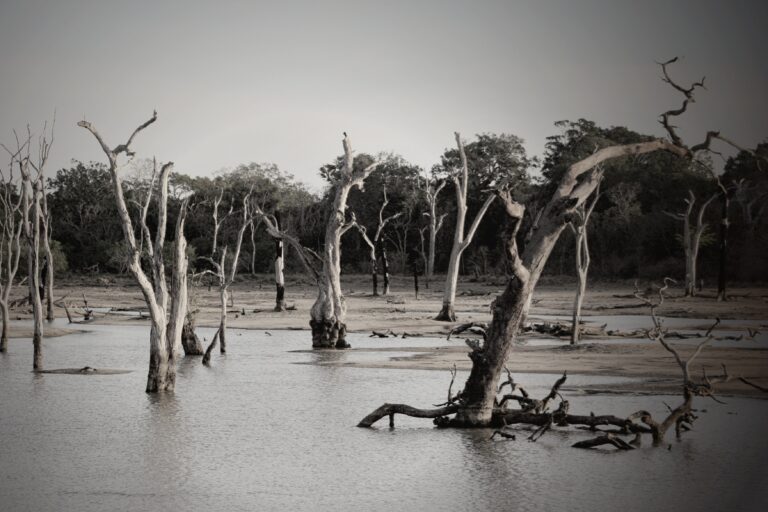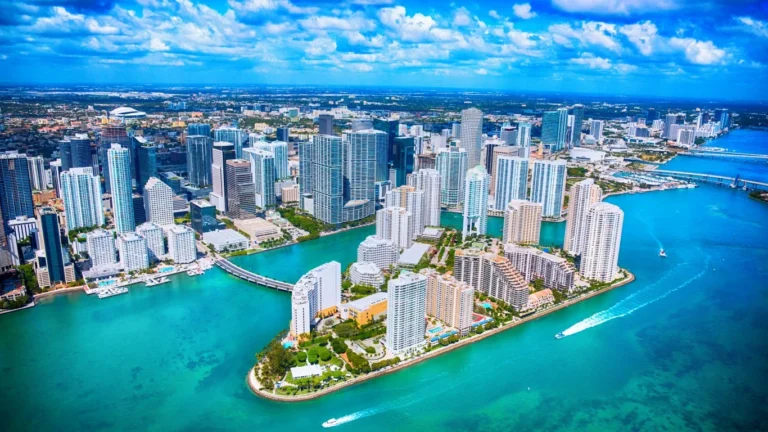Somalia’s Future Doomed By Lack Of Water

The Center for Strategic and International Studies has published a paper on the world’s freshwater supply. Titled “Troubled Waters: Understanding Global Water Security,” Over half the world lives with high water stressed conditions.” This means that at least one month of the year, they experience water stress. Water stress is “an outcome of water scarcity and refers to scarcity in terms of quality and accessibility.” Part of this definition has to do with access to safe drinking water. For over one-third of the world’s nations, fewer than 90% of the population has this access. The nation with the lowest access level by far is Somalia at 31.7%
US Water Problem —Lake Mead’s Low Water Levels
Mexico Water —Will City Be Out Of Water
The figure 31.7% means there is no chance of recovery to a level that supports a human population with low water-stressed conditions. Somalia suffered from civil war for years and is basically ungovernable. Most of the nation is desert, and there is rarely rain. Seventy percent of the land is used for agriculture, which is challenging given the lack of access to water. Life expectancy at birth is 54, ranking 225th among all nations. GDP per capita is $1,100, which ranks it 227th.
The challenges due to the severity of the water crisis affect much of the world, and for the most part, the trouble is most difficult in poor countries. The world’s population uses about 4 trillion cubic meters of freshwater annually. That is expected to move up by 20% to 25%. Almost three-quarters of the world’s freshwater is used for agriculture. Put bluntly, farming becomes extremely difficult in areas of water stress, which means a drop in access to food. About 10% of the world’s freshwater is used for industry. The balance is for domestic uses, defined as municipal and residential purposes.
The ways to improve the problems of water insecurity are the ways that most climate-related crises must be solved. These include government intervention based on policy and investments, either by the public or private sectors.
The report concludes: “Ultimately, there is no single answer to the global water crisis. Rather, our collective ability to address global water insecurity in all its forms—physical, economic, and experiential—will rely on coherent strategies that are as complex and interdependent as the challenges themselves.” If solutions to climate change, at any scale, are an indication, this approach has been doomed for decades. The necessary level of effort is not part of how governments govern, or businesses run their businesses.
More from ClimateCrisis 247
- Phoenix Posts 13 Days Over 110 Degrees
- Florida Homeowners Face Drastic Home Price Cuts
- Tampa Real Estate Continues To Fall As Miami Softens
- Climate In A Bottle






